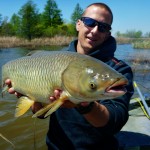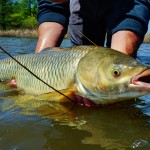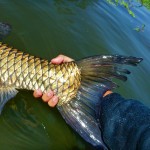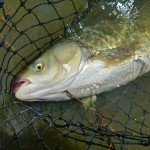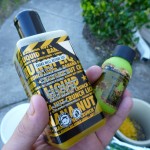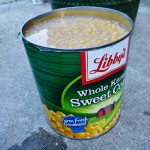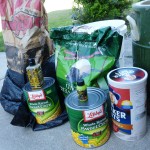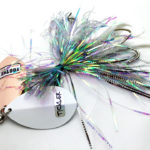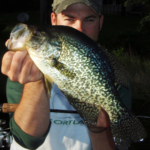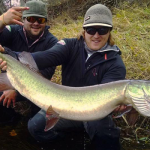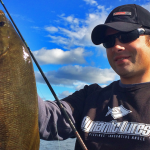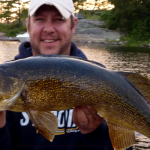By David Graham
All too often I think there is an overemphasis on predatory species by anglers. Admittedly, I reserve personal preference towards predators, however, I believe that an angler’s pursuit should encompass all feeding types to include omnivorous and even herbivorous species. Interestingly enough, many of our nations largest freshwater inhabitants sustain a diet comprised of the tiniest organisms and even plant matter. Herbivorous species in particular offer a truly unique challenge to anglers. Enter, the grass carp.
The grass carp is a predominantly herbivorous member of the Cyprinidae (carp) family. It is believed that the grass carp is native to northern Vietnam, more specifically the Amur River, though it has been artificially transplanted to many countries around the world. Unlike their more mainstream cousin, the common carp, grassies have elongated torpedo-like body structure. Their mouths are situated on the front of their face (terminal mouth) unlike the sucker like mouth of a common carp. They also do not have barbels or ‘whiskers’. Because of this, grass carp will feed at most all water columns almost exclusively on plant matter.
Much to the delight of any trophy angler, grass carp grow extraordinarily quickly. Grass carp have been caught in excess of 80 pounds by recreational anglers, and documented in excess of 100 pounds by other means. This places the grass carp in a special class among North America’s ‘giant’ freshwater trophy fish (although they are non-native). Grass carp scarcely live to be older than ten years, averaging between five and nine years of age. Given their propensity to grow to enormous size in such a short period of time, it is clear that grass carp possess a massive diet. A young grass carp can grow over a foot in length just between spring and fall under the right conditions. This is because of their insatiable desire to feed. Grass carp can eat up to three times their own body weight in a single day.
Because of their propensity to rapidly feed on vegetation, grass carp are a popular and economically friendly means to control invasive plant matter. They have been stocked artificially around the globe for this purpose. Most grass carp are sterilized prior to artificial introduction into any ecosystem.
Grass carp were originally introduced to the United States in the early 1960’s, though they are believed to accidentally escaped an experimental fish farming station in Stuttgart Arkansas in 1966. Since this time they have been widely spread via authorized, illegal, and accidental introduction to nearly every state in the country.
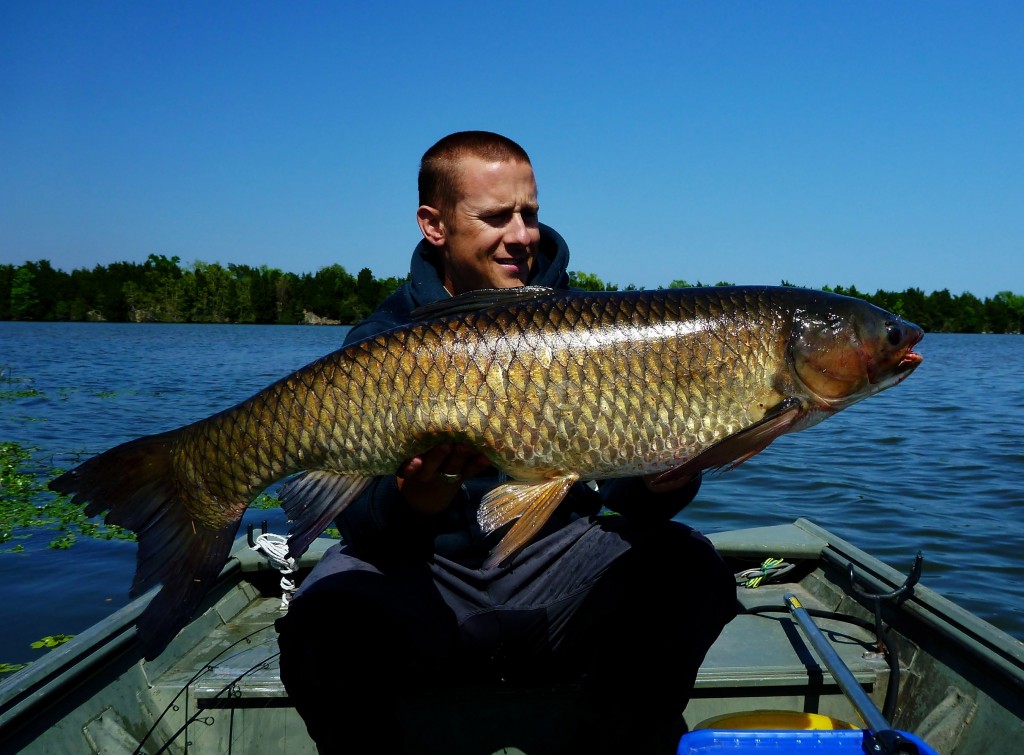
I have been familiar with grass carp since fishing really became my primary passion. I fished regularly for grass carp from the comfort of my own backyard while living in Arkansas on a neighborhood pond some 13 years ago. It was then that I encountered a freshwater fish exceeding 40 pounds for the first time, and ive been hooked on the unique challenges offered by grass carp ever since. Since moving to South Carolina I have found that the grass carp on the Santee Cooper are plentiful, and grow especially large. In 2006 I captured a grass carp in the shallow flats of Lake Moultrie that tipped the scales at over 60 pounds!
The Santee Cooper introduced grass carp to the lakes in the late 1980’s, stocking 100,000 of the fish annually through 1992, and continuing to stock thousands of fish each year ever since. The Santee Cooper is a man made lake which was originally constructed to produce hydro electric power via dams and power generating stations. The Santee system has also become one of our nation’s premiere fishing destinations, fueling the local economy all the more. The lake is also populated by an invasive plant known as hydrilla. Hydrilla is a fast spreading invasive plant which can strangle out native plant species, but also can cause thousands of dollars in maintenance for the Santee’s dams as the plant matter passing through turbines and machinery accumulates and slows water flow. For the state this is money lost. Grass carp offer the most cost efficient method of eradicating the invasive plant without introducing harmful chemical. Left unchecked, hydrilla will inevitably result in a loss of native aquatic plants, fish kills, and degraded water quality.
During its peak, hydrilla had infested some 45,000 acres of the 156,000 acres of surface water on Lake Marion alone. As a result, hydrilla clogged marinas and fish camps which restricted boat access and general usage of the lake.
Not without controversy however, many recreational anglers who specifically target the Santee systems abundant bass populations will argue that though the grass carp have effectively held back the unwanted hydrilla, they have also eaten native plants and depleted the natural ecosystem utilized by our native freshwater species.
It should be noted that in the Santee system and most all other lake and river systems in the United States, grass carp are introduced sterile and unable to reproduce. In the rare instances in which a fertile grass carp is introduced, it has been found that they most often fail to successfully adapt to their environment due to the strict elements of their successful reproduction.
Painfully underrated, these behemoths grow massive and fight entirely too hard to go much more unnoticed than they already do. Their enormous size, strength, and propensity to go airborne during battle should stimulate the mind of any angler seeking a first rate war. Grass carp can be encountered in most any environment with plentiful vegetation. There is little pattern or challenge to locating carp, as they most often graze in no particular order or direction much like cattle. Finding a grass carp is the easy part however. They have huge lateral lines and are especially weary fish. I have personally found grass carp to be among the most easily ‘spooked’ species I have ever pursued. To ‘sneak up’ on a grass carp is painfully difficult and I have found that in more natural environments (lakes and rivers) a single clank on the side of an aluminum boat will send massive carp scattering a hundred plus yards away. This is disruptive to any sort of pursuit of the carp themselves, but to my anguish I have had many a great day pursuing other species spoiled by areas heavily populated by the ever cautious grass carp.
Because of their indirect and sporadic approach to feeding, I have found that fish attractants are probably the most convenient method to consolidating a group of grass carp to catch by artificial or natural baits fished in a ‘sit and wait’ method. Having recently become acquainted with members of the USCarpPro staff, especially ‘Paylake’ mastermind and CarpPro co-owner Keith Cisney, a crash course in pre baiting and pack bait methods has lead to a significant spike in my own success catching grass carp by rod and line. A typical and effective mix of pre bait I have recently used with great success is a blend of the following ingredients: Canned corn, oats, rabbit feed or other cattle cubes/pellets, and bird feed. All ingredients are submerged over night in a cooler of water with scents added, usually some fruity blend of Rod Hutchinson flavors and Banana Nut Crunch liquid.
The mix of ‘chum’ or pre bait may be laid across an area I typically see especially populated by grass carp a day or two in advance, or in some cases early the same morning of the intended fishing trip. I will key in on shallow sandy bottom flats adjacent to weedy shore lines and isolated ‘grass beds’. A sandy bottom is not necessary, but helps in the visual pursuit of the fish as their dark olive or brown bodies contrast well with the lighter colored bottom. I may lay down an entire cooler load of pre bait before spending an hour or two in the general area pursuing other species while I wait on the surrounding grass carp to locate the easy meal.
It has been my experience that grass carp usually move in loose pods or schools, and a single fish will generally make a ‘pass’ over or around the pre baited area several times before inevitably being accompanied by another, and another, and so forth. I prefer to a shallow area in which I can visually determine and confirm the exact moment the fish decide to stop over the pre baited area to feed for my own confirmation, and so that I can actually watch individual specimens move towards my baited hook. This makes for an especially exhilarating form of ‘sit and wait’ fishing. Once grass carp begin to actively feed over a pre baited area, they are scarcely frightened away for more than ten minutes, and because of this I may fish as close to 30 feet from the active feeders if properly concealed by some surrounding vegetation or structure.
The actual rig used is some variation I picked up from my friends at Pineyside Lake, the primary pay lake of CarpPro. It is similar to a carolina rig in which a barrel weight is fixed to the main line above a barrel swivel which one or two ‘snells’ are attached. I generally utilize two snells, one for a free hook, the other buried inside of a ball of ‘pack bait’. The pack bait concept is simple, serving almost as a small personal amount of pre bait or attractant. It is designed such that it breaks down over a short period of time under the water, creating a small pile of food under or around the immediate area of the actual bait. The baits I have had great success with are nothing more than puffed corn. A simple and effective compound of pack bait is a mix of three cylinders/containers of plain dried bread crumbs (like Panko), to two cans of cream style corn. I will poor these ingredients into a bucket or tub of some sort, and gently mix them together without squeezing packing or balling it up inside of the tub. I may also add flavors to the pack bait itself. Or other ingredients like the birdseed, corn meal, soybean meal etc. Properly mixed, the pack bait can be balled around a baited hook firmly enough to stay on when caste, but loose enough to break down properly under the water.
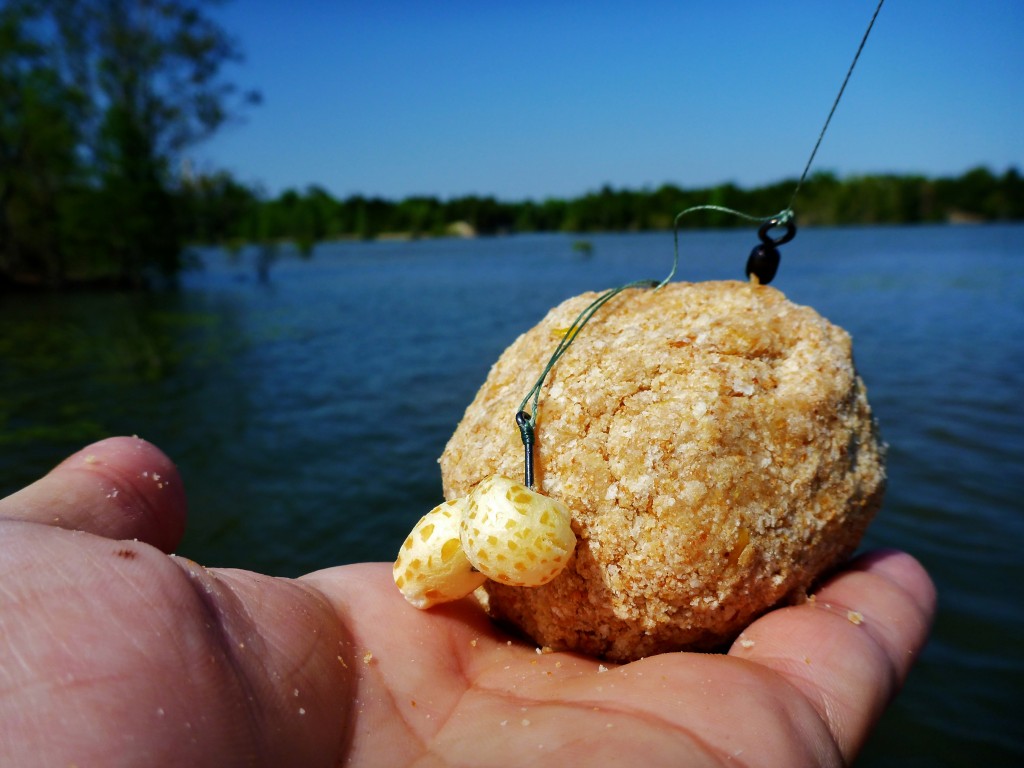
This method can be fished tight lined in deep water, or visually. In my most recent efforts to catch grass carp I have opted to cast these bait balls into waters no deeper than 3 feet, allowing me in most instances to actually see the ball break down and observe fish passing over and feeding on it.
In years past I found that generic methods of catching carp with corn, bread, or cheap dough baits was hardly fruitful in the pursuit of grass carp. They are a particularly difficult fish to coax into a bite outside of the confines of some neighborhood pond or farm pond. Pre baiting an area seems to be a must.
Grass carp can and have been captured with fly anglers using artificially tied flies mimicking mulberries and grasses as well as mobile nymphs and other patterns mimicking small aquatic life forms. This is a testament to the fact that grass carp will, at times, feed opportunistically on small life forms.
The challenges offered by grass carp in an angling capacity are plentiful and undeniable. Anglers seeking to challenge themselves should froth over the idea of a fish that can grow to triple digit weight, but keenly aware enough to spook at the vibration of their footsteps along the shoreline. They are a fish that has enormous power, but will feed on baits no bigger than a single kernel of corn. This unique member of the carp family may not be as prominent as its more ‘common’ cousin, but I am certain that anglers may find their worth goes far beyond their usefulness as a means to control blooms of unwanted vegetation.
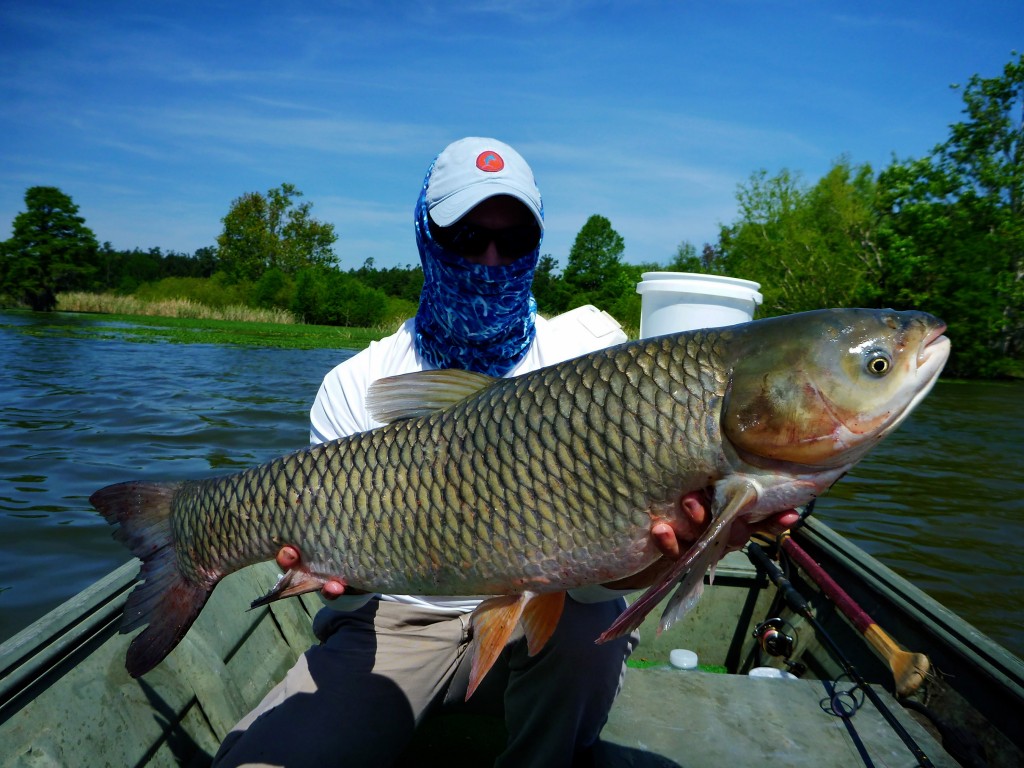
Article by David Graham, published in Fishing-Headquarters Online Magazine, issue 19 July & August, 2014.



